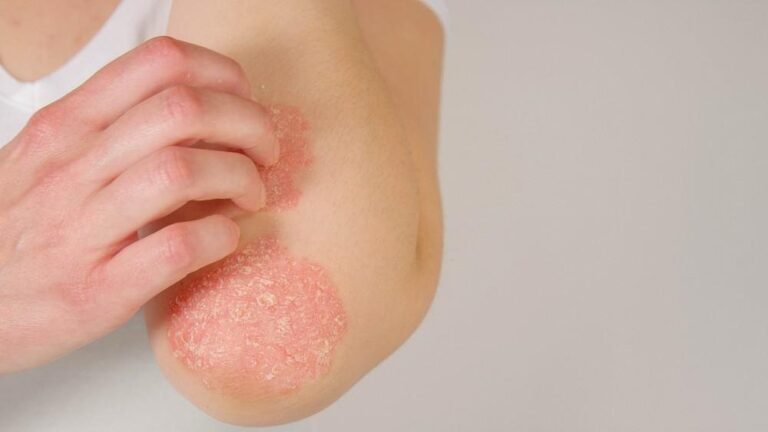Management of Lichen Sclerosus
What is Lichen Sclerosus or Balanitis Xerotica Obliterans?
Lichen sclerosus (LS) or balanitis sclerotica obliterans (BXO) is a disease that affects the skin of the genitals. In male patients, it can affect the foreskin, the glans penis, and the distal urethra. In the most severe cases, all the skin of the penis and all the urethra are affected. It is still not well understood why some patients develop Lichen Sclerosus, but it is now suspected that the maceration of the skin caused by the pooling of urine, recurrent skin infections that may trigger an exaggerated immune response, might be linked to the formation of lichen sclerosus. Often, patients affected by lichen sclerosus are also suffering from diabetes mellitus and have low levels of serum testosterone.
The skin affected by lichen sclerosus becomes thicker, inelastic, and tends to become of a typical whitish color. As the skin is inelastic, it does not stretch during erections and cracks during sexual activity. The cracks are a source of pain, itching, and bleeding. When affected by lichen sclerosus, the foreskin becomes inelastic and unretractable in a clinical picture, also known as phimosis (tight foreskin); in the more severe cases, the inner layer of the foreskin may fuse with the mucosa of the glans. In the case of phimosis, it is impossible to retract the foreskin to clean the glans, and hygiene becomes consequently poor. It is therefore important to surgically correct the phimosis not only to improve sexual activity but also to reduce the risk of recurrent urinary tract infections and of developing penile cancer, which is strongly associated with poor genital hygiene. If the lichen sclerosus affects the urethra, this can manifest as a narrowing of the urethral tube and urination can become very challenging.

What are the Options for Lichen Sclerosus Treatments?
Treatment of lichen sclerosus is necessary to improve sexual and urinary function and to minimize the risk of progression to penile cancer.
The behavior of lichen sclerosus varies significantly among patients; in some patients, the condition is very mild, while in others, it is very aggressive.
In the early stages and in the mild forms of lichen sclerosus, the topical application of steroid creams can lead to some temporary relief of the symptoms.
When the response to the application of topical steroids is absent or insufficient, or in the more aggressive forms of lichen sclerosus, the only treatment available is surgical and involves the complete excision of the skin affected by lichen sclerosus, which is sent to the laboratory for histopathology. It is very important to analyze the specimen of affected skin because lichen sclerosus and penile cancer coexist in up to 10% of cases.
When lichen sclerosus affects all penile skin, the penis needs to be reconstructed with the use of non-genital skin grafts. Genital skin should not be used as grafting material, as it may potentially harbor lichen sclerosus. In experienced hands, penile reconstruction with the use of skin grafts is a reliable procedure that leads to satisfactory restoration of sexual and urinary function.
Lichen Sclerosus Specialist in London
Dr. Giulio Garaffa is an experienced lichen sclerosus doctor in the UK, offering confidential and exceptional solutions to patients. His lichen sclerosus clinic has access to the most advanced, effective treatment options for lasting management of lichen sclerosus.

